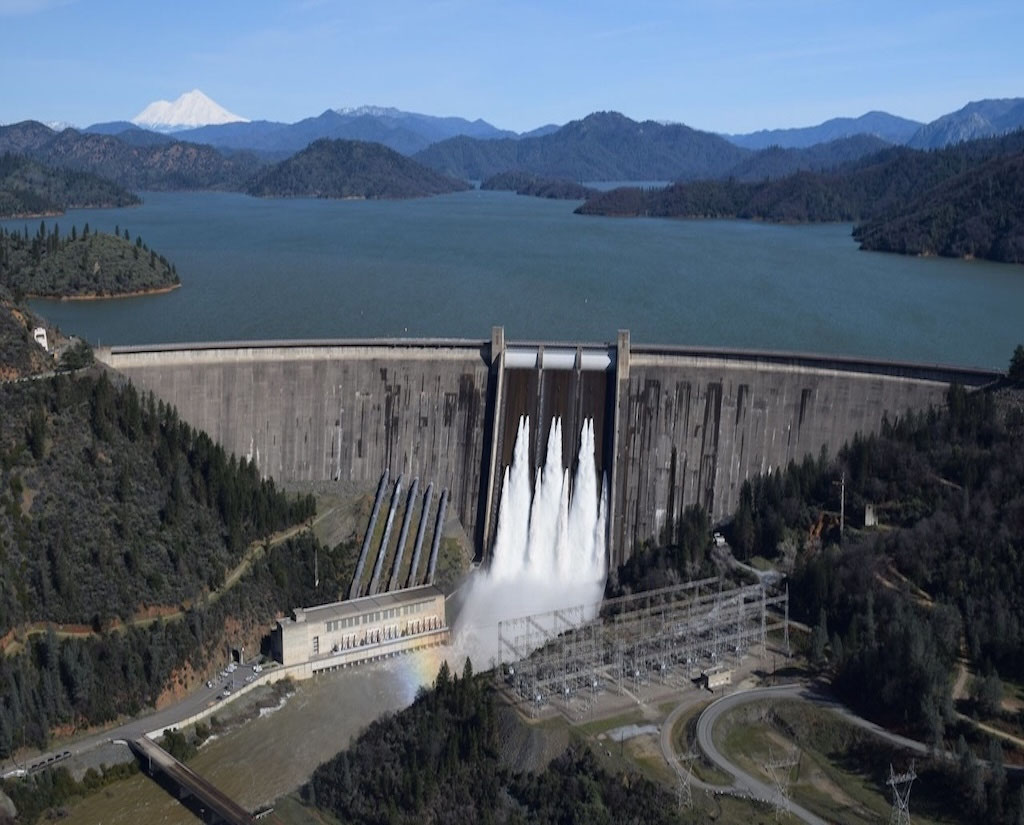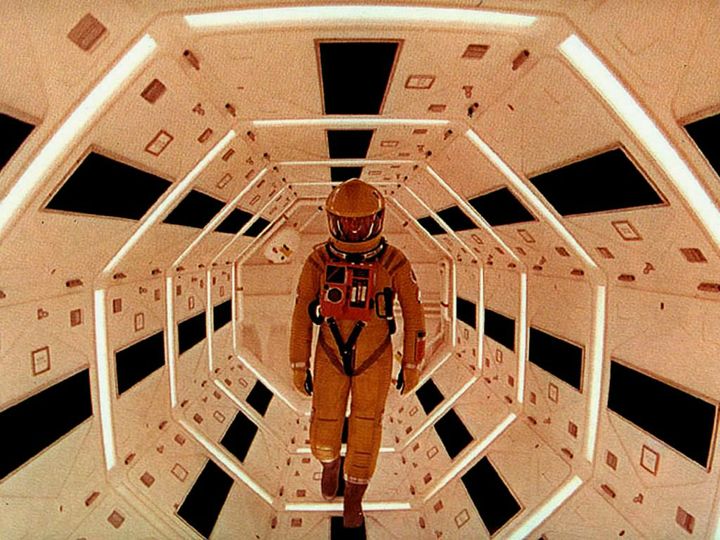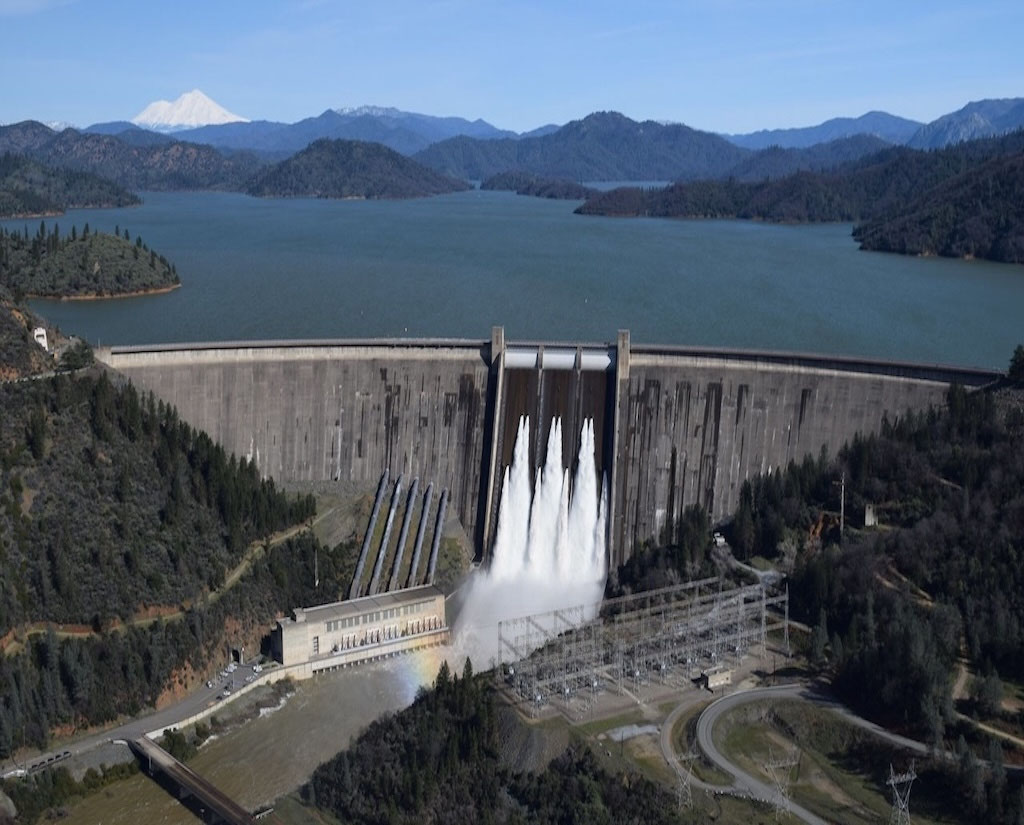
NASA's began taking part in some aspects of film production in the 1990's, and the organization can be found taking a pivotal role in many popular movies every since. Though space exploration and aeronautics had been common in science fiction and action movies for decades, NASA didn't take much of an active role in the production of these films until relatively recently.
Since then, however, NASA has become a go-to resource for film and TV studios, taking part in blockbusters on the silver screen and many episodes on a variety of TV shows. It now participates in over 100 documentaries every year, and actively reaches out to studios producing space-oriented movies.
NASA loves helping and appearing in popular media like movies: it's a great opportunity to share their missions and programs with the public, giving viewers a personal perspective of what life is like for an astronaut, pilot, flight control engineer, etc. The organization typically helps out by providing footage, letting crews shoot on site, or lending the mind of an expert.
NASA's Role in Film Production
Many will remember the drama of Apollo 13 (1995), depicting the astronauts' struggle against the (lack of) elements in a space shuttle running out of oxygen and power. NASA was obviously a big part of the plot, but this was also one of the first films to which NASA would lend a hand, helping director Ron Howard create a very technically accurate movie.
NASA provided technical expertise as well as access to a number of locations, even overseeing the actors as they simulated weightlessness for 25 seconds at a time in a KC-135 reduced gravity aircraft (the “vomit comet”). Howard ended up filming scenes for the movie in the aircraft, with the cameras rolling for just 25 seconds at a time.
Until they managed to adjust, it was quite difficult to keep everything organized in weightlessness, according to NASA test director Bob Williams. “The actors were floating, the cameras were floating, the cameramen were floating, the director was floating,” he said. “Actors and things kept drifting in and out of the shot. We thought, anybody watching this thing is going to get motion sickness.”
NASA has appeared in countless other feature films, and has taken some part in the production of quite a few of them. It lent spacesuits to be used in the film Armageddon (1998) by director Michael Bay, and let the crew film two space shuttle launches (though they weren't consulted to make the movie scientifically accurate).
More recently, NASA was involved in another Bay flick, Transformers: Dark of the Moon (2011). The cast and crew filmed in four separate NASA locations: at Launch Pad 39A, where the Space Shuttle Discovery was docked; inside the Vehicle Assembly Building (VAB); at an orbiter processing facility; and at the Space Station Processing Facility. Employees at the Kennedy Space Center were invited to be extras in the movie.
Occasionally the role of NASA is more limited, such as simply providing permission to use footage and their logo for the movie Gravity (2013).
But just last year, NASA upped it's game for the blockbuster The Martian (2015), a film about an astronaut who struggling to survive after being stranded on Mars. The book on which the movie was based was a favorite at NASA for its scientific and technical accuracy, and the organization was more than happy to help the crew with plenty of advice about space travel and what living on Mars might be like.
NASA was very excited for The Martian because the film actually depicts a situation that NASA is striving for: sending humans to visit Mars, on a mission called “Our Journey to Mars.” The film has helped gain publicity for the mission, giving people a taste of the excitement of a manned mission to Mars. The discovery of liquid water, announced just before the release of the movie, attracted a great deal of attention as well.
NASA has continued to publicize and communicate the work they're doing to reach Mars, relating it to the film in a section of their site called The Real Martians. You can visit the site to learn more about their journey to Mars or read about the “Nine Real NASA Technologies in 'The Martian.'”
NASA has had an active role in movies and TV for over two decades now, helping studios create more realistic, accurate, and overall awe-inspiring films. Right now it's taking part in the CineSpace 2016 short film competition, a challenge to filmmakers around the world to create works using or inspired by actual NASA imagery. Head on over to the challenge page to learn more about the requirements and how to enter!








